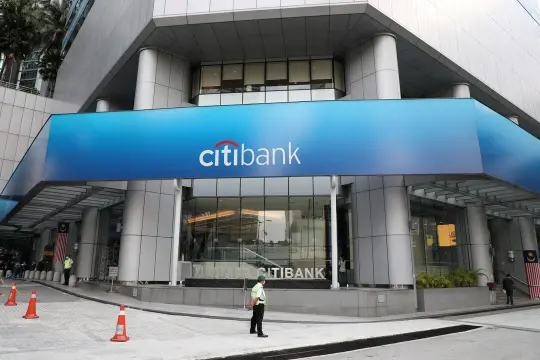October 15, 2025
Wall Street banks post strong earnings amid a surge in mergers and acquisitions, IPOs, and refinancing deals, but executives warn that market exuberance may lead to excesses if rates stay low and leverage rises.

NEW YORK, October 15, 2025 — America’s biggest banks are seeing profits soar as a rush of corporate dealmaking lifts Wall Street revenues to levels not seen since before the pandemic. Yet, senior executives are cautioning that the boom could carry the seeds of instability if markets become overheated.
The surge in activity — driven by renewed confidence after a series of interest rate cuts by the Federal Reserve — has fueled record levels of mergers and acquisitions (M&A), initial public offerings (IPOs), and corporate refinancing. JPMorgan Chase, Goldman Sachs, and Morgan Stanley have all reported quarterly results well above expectations, thanks to investment banking and trading revenues.
“Corporate clients are back in full force,” said Jamie Dimon, CEO of JPMorgan Chase. “But with so much capital chasing the same opportunities, valuations are getting stretched.”
According to Refinitiv data, global M&A activity in Q3 2025 topped $1.5 trillion, up 40% from a year earlier. Technology, healthcare, and renewable energy were the leading sectors, with several mega-deals announced in recent weeks.
Goldman Sachs reported a 28% jump in advisory revenues, its best quarterly result since 2021. Morgan Stanley’s investment banking division grew 22%, boosted by renewed IPO activity, including high-profile listings in biotech and artificial intelligence.
Citigroup also saw a rebound in debt underwriting, as companies rushed to refinance at lower interest rates following the Fed’s 100-basis-point cumulative cuts since July.
“The refinancing wave has been enormous,” said Jane Fraser, Citigroup CEO. “But some companies are leveraging up aggressively, and that always carries risk when liquidity eventually tightens.”
Even as results impress investors, several bank executives have sounded warnings about “excess risk-taking” and speculative behavior in credit markets. Analysts have pointed to heavy inflows into leveraged loan funds and record levels of corporate debt issuance.
Federal Reserve officials have privately expressed concern about rising leverage ratios, particularly among mid-cap firms. “We’re seeing early signs of risk layering,” said one senior Fed economist. “While the banking system is stronger than it was pre-2008, complacency is dangerous.”
Markets have also begun pricing in the possibility that the Fed could slow its pace of rate cuts if inflationary pressures resurface, a move that could cool the dealmaking frenzy.
Financial stocks have outperformed broader indices this quarter. The KBW Bank Index rose 8% in the past month, outperforming the S&P 500, as investors bet on strong fee income from investment banking.
However, analysts warn that higher valuations could reverse quickly if credit spreads widen or capital markets seize up. “History shows these peaks never last indefinitely,” said Allison Stewart, senior banking analyst at Bloomberg Intelligence.
Despite the caution, executives remain optimistic about structural tailwinds — particularly growth in AI, energy transition, and private credit — that will sustain deal activity into 2026.
“We’re in a golden age of capital markets innovation,” said David Solomon, CEO of Goldman Sachs. “But discipline will be critical. We don’t want exuberance to undermine stability.”
For now, US banks appear to be balancing record revenues with regulatory vigilance. The coming quarters will show whether this delicate equilibrium can be maintained as investors chase returns across a low-rate landscape.